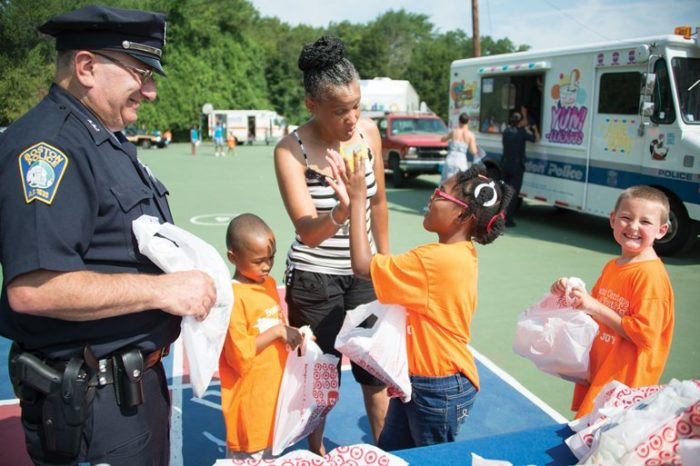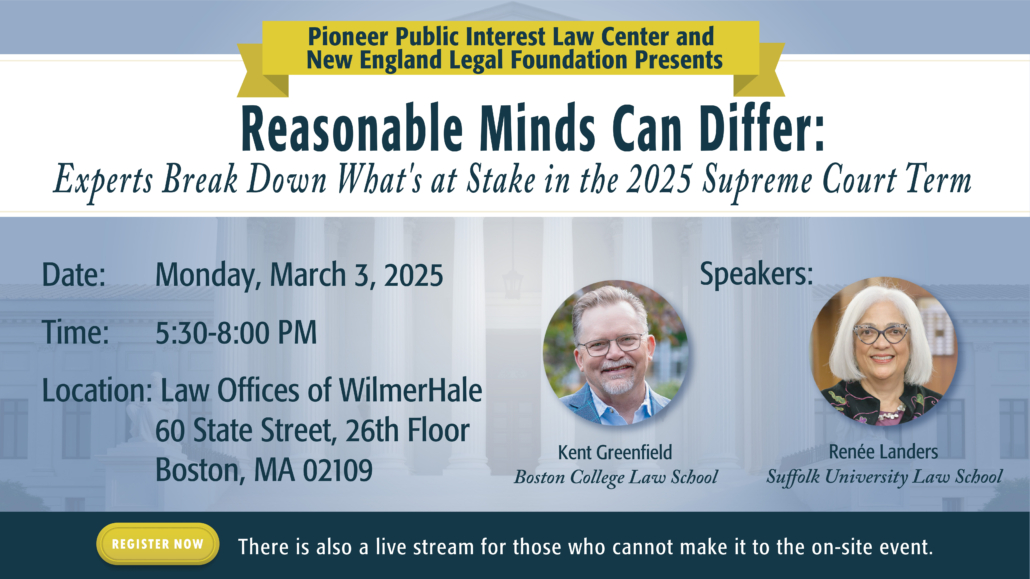Community Policing: A Success Story?
Boston, the city on a hill, has always been defined by its history, commitment to education, and diverse immigrant communities. Today, it should be considered an example of successful community policing as well.
According to the U.S. Department of Justice, community policing “is a philosophy that promotes organizational strategies that support the systematic use of partnerships and problem-solving techniques to proactively address the immediate conditions that give rise to public safety issues such as crime, social disorder, and fear of crime.” Nationwide, this policing model has become increasingly popular among law enforcement agencies. A report, released by the President’s Taskforce on 21st Century Policing, states that community policing reduces the crime rate because it builds trust between the community and the police. If citizens view the police as a legitimate authority within their community rather than as an external, imposing force, they are more likely to follow the law. This premise is the backbone to the success of community policing.
The rise of community policing has coincided with a drop in crime across most of the country. The FBI has documented a steady national decrease in almost all types of crimes over the last decade. In 2014, the rate of violent crime was 16% below the 2005 rate. Boston is no exception. The Boston Globe delineated some of Boston’s major crime statistic changes and found that, between 2014 and 2015, the city’s total crime rate dropped 9%–the lowest since 2005. The Globe also reported a 15% decrease in arrests between 2014 and 2015. Homicide numbers per 100K people went from 53 in 2014 to 40 in 2015.
Figure 1.1: Boston Major Crime Rates 1990-2014
Figure 1.1 from MassAnalysis, a free municipal analysis tool offered by Pioneer Institute, shows dramatic changes in Boston’s crime rate per 100K people, over the last two and one-half decades. From 1990 through 2014, every major category of crime has seen a decline.
In the last ten years, community policing has been a major force behind this trend. The White House even recognized Boston as one of the top ten cities that have best utilized community policing. According to the White House staff, Boston was chosen because the police department “prioritizes relationships with youth and the community as the key to building trust and creating safe and thriving neighborhoods.”
In 2006, Mayor Menino appointed Edward Davis to head the Boston Police Department. His programs emphasized the important of community policing. His Safe Street Team program, an assembly of officers walking through blocks of high-crime neighborhoods, helped gather important data on types of crime while also building lasting relationships between officers and residents. When Commissioner William Evans took over in 2014, community policing remained prominent. In fact, in 2015 there were numerous instances of youth-police dialogues, peace walks, ice cream trucks, toy drives, movie nights, and overall community engagement. The BPD’s goal is to provide young residents with opportunities and guidance so that they can keep themselves out of the vicious crime cycle.
Figure 1.2: Boston Major Crime Rates 2000-2014
Figure 1.2, again from MassAnalysis, shows Boston’s crime rates from 2000 to 2014. Starting in 2006, crime started to decrease at a much steeper rate. This coincides with when Davis began community policing reforms. The data suggests there might be a strong connections between neighborhood engagement by urban police departments and lower crime rates.
However, not all crime rates are taking a turn for the better. From 2014 to 2015, the Boston Globe reported that nonfatal shootings increased by 19%, with more instances involving multiple victims. Nondomestic aggravated assault rose by about 7% and commercial burglary rose by 6%. Commissioner Evans believes that the increase in aggravated assaults is due to increasing homelessness problem in Boston. On the topic of nonfatal shooting, Evans has made gun violence a top priority for the department.
Boston is ahead of the pack when it comes to fighting crime, but there is room for improvement. Using tools like MassAnalysis, the public will be well informed when (and if) the improvements occur.
Thejasa Jayachandran
Roger Perry Transparency Intern






